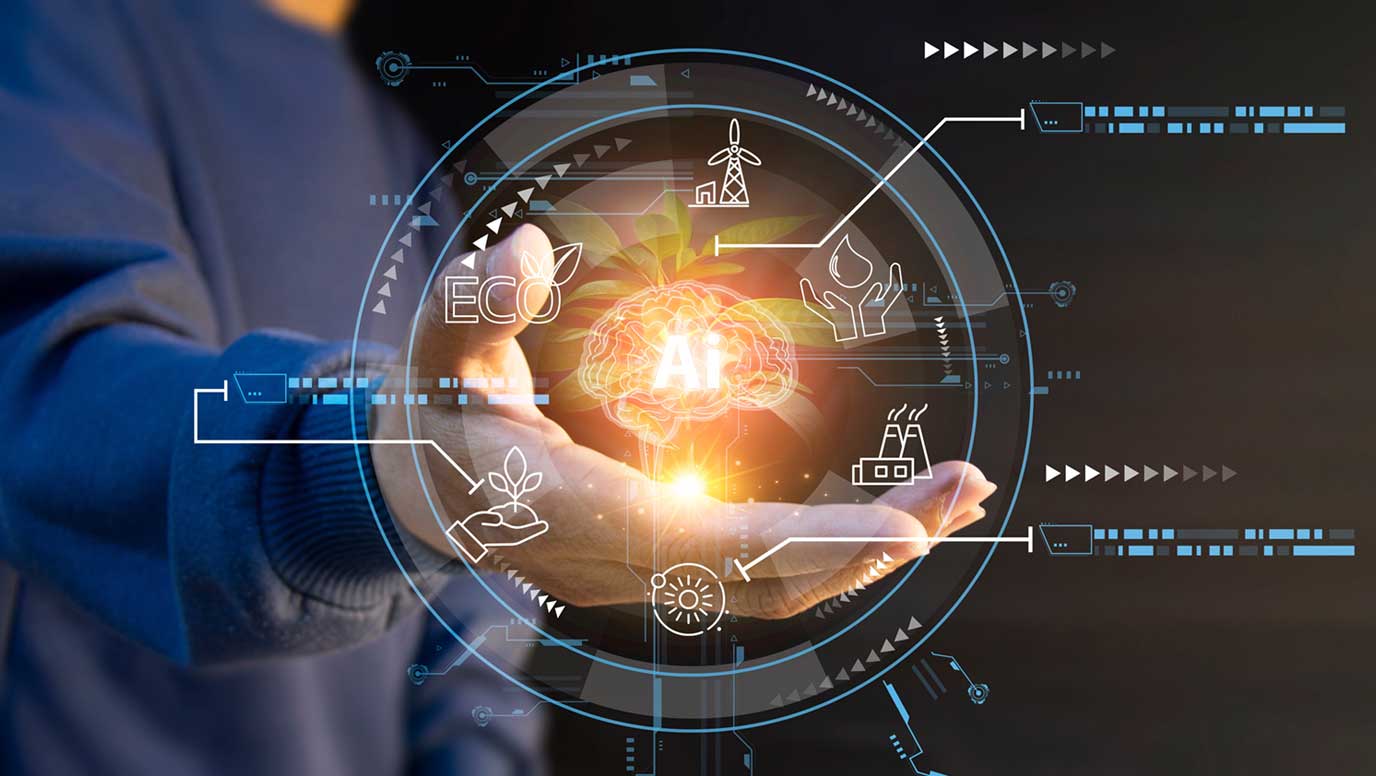AI and Cleantech – a perfect marriage or irreconcilable difficulties?

Only last week we heard how Google’s “co-scientist” was able to suggest, within a couple of days, previously unpublished hypotheses for the workings of superbugs which had taken researchers at Imperial 10 years to uncover. Whilst the computer was, of course, unable to carry out any testing of that hypothesis, it clearly has the potential to supercharge our scientific approach.
One field in which we are all too aware of several large-scale and seemingly intractable scientific problems is CleanTech. Arguably nowhere is the prospect of accelerated research outcomes more imperative and unsurprisingly researchers are already putting AI to use in developing ways to tackle these. However, many are starting to express caution over AI’s own less-than-green credentials.
An example of where AI has the potential to revolutionise a major source of carbon emissions is in the identification and testing of new catalysts for major chemical processes.
For example, the catalysts currently used in green hydrogen production are developed from expensive materials, such as iridium. This contributes to high capital costs, which can be a barrier to the broader adoption of the technology.
In other industries, many reactions run at high temperatures to achieve the desired results. Finding new catalysts for these processes not only has the potential to make huge inroads into energy consumption, but would also have a significant commercial benefit.
However, the traditional process of catalyst development is extremely slow, relying on human-led trial-and-error and laboratory testing that only rarely translates to successful real-world applications.
AI-driven material discovery, and automated labs that can perform and monitor the synthesis and testing process, can allow new materials to be uncovered and tested at an unprecedented rate.
Catalysts are not the only material innovation that can be driven by AI. Cambridge-based CuspAI secured a €28 million investment in 2024 for their platform designed to streamline the material design process.
Working like a search engine for materials, the platform can suggest new materials that are predicted to have specific user-requested properties.
One area in which CuspAI believes they can make the biggest impact is carbon capture and storage. Dr. Chad Edwards, Co-founder and CEO of CuspAI, said: “The AI revolution is itself creating new challenges, including rapidly increasing energy consumption and carbon emissions for data centres. Our technology can help mitigate this impact by designing materials that efficiently capture carbon dioxide.”
However, as Dr. Edwards’ quote highlights, serious concerns are being raised over the environmental impact of the rapid expansion in our use of AI, whether for scientific research or more prosaic purposes.
Indeed, it is estimated that, by 2027, the AI sector alone could have the same annual energy demand as the Netherlands, and this will continue to grow rapidly.
Finding a way to reduce this energy consumption is therefore a key technical challenge and environmental priority for AI evolution.
These issues have led to a further vein of innovation, both by accelerating developments aimed at reducing the energy demand of the data centres in which AI programs operate and by innovating in the nature of AI itself.
Among the many facts and figures that accompanied DeepSeek’s dramatic entry into the AI market in January, perhaps the most striking was the efficiency allegedly resulting from DeepSeek’s different architecture approach.
This not only translated into significantly lower development costs but also, on early estimates, reductions in ongoing energy consumption in the region of 90 per cent compared to ChatGPT. If replicable on a wider scale, this has the potential to revolutionise both the cost and environmental impact of AI adoption.
Whichever side of this debate you sit on, there is little doubt that AI will give rise to many more innovations in the next few years. Hopefully, in doing so, it will not only solve some of our biggest climate problems but will also find ways to avoid contributing to them.


